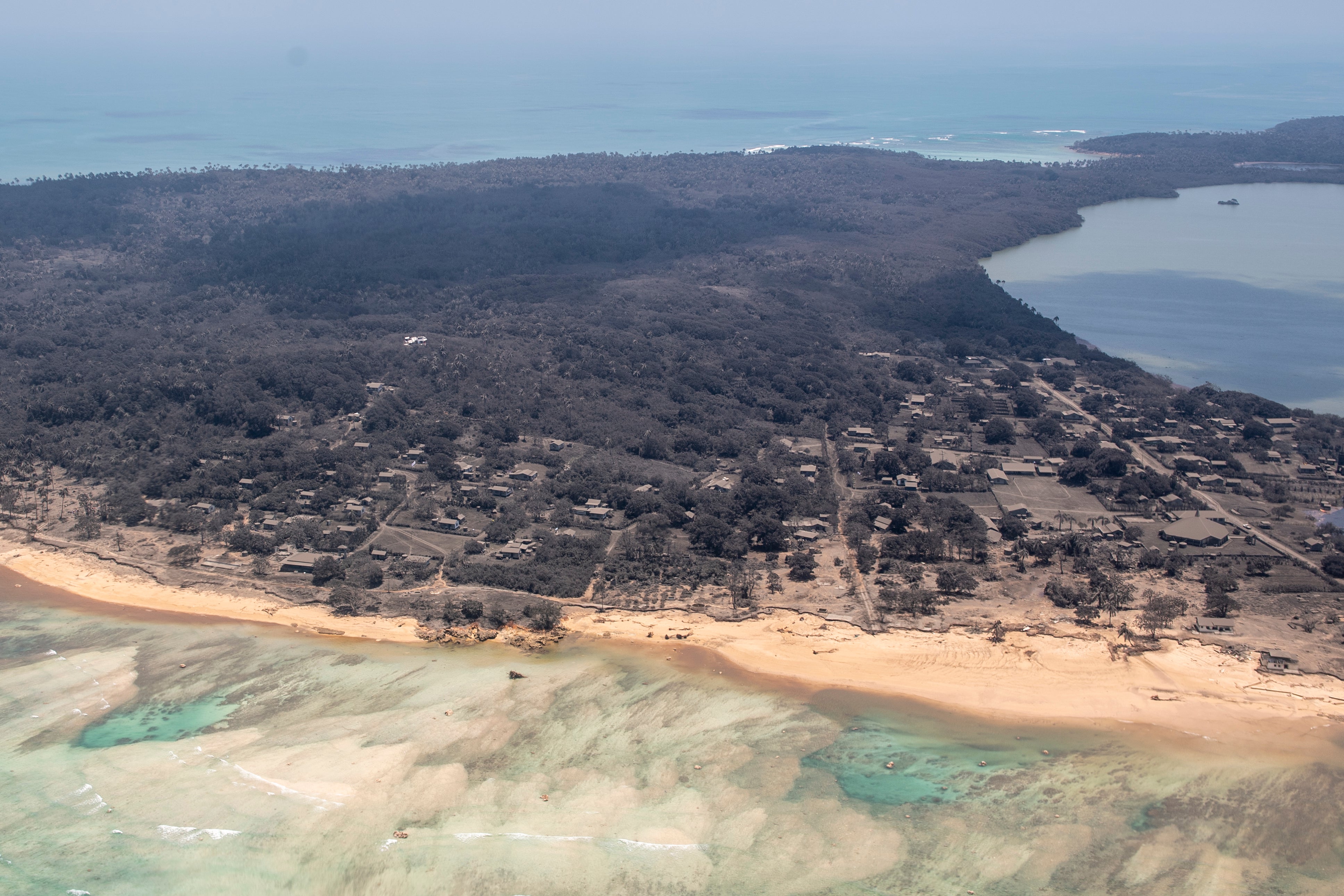SpaceX working to reconnect Tonga’s internet after volcanic eruption
With relief efforts still underway in Tonga following a 15 January volcanic explosion, SpaceX is working to reconnect the island nation to the world wide internet.

SpaceX Starlink engineers are in Fiji working to restore full internet access to the people of nearby Tonga following the 15 January underwater volcanic eruption that severed the underwater cable connecting Tonga to the global internet.
SpaceX CEO Elon Musk had himself tweeted an offer to help restore Tonga’s internet access following the eruption of the Hunga Tonga volcano in January.
“The Hunga Tonga volcano’s shockwave shattered Tonga’s internet connection, adding days of gut-wrenching uncertainty to disaster assessments,” Fiji Attorney General Aiyaz Sayed-Khaiyum tweeted Sunday evening. “A SpaceX team is now in Fiji establishing a Starlink Gateway station to reconnect Tonga to the world.”
Fiji lies around 800 kilometers northwest of Tonga in the southern Pacific, and the two island archipelago nations have been connected by an underwater fiber optic cable connecting since 2013. In late January, Tongan officials said they expected repairs to the long cable to restore internet service to up to 80% of Tonga’s customers by early February, but noted repairs to the small cables connecting the nation’s small islands could take longer to repair.
The Starlink gateway on Fiji could help those who remain disconnected from the broader world during relief efforts. The volcanic eruption triggered a tsunami, destroyed homes, tainted water supplies with volcanic ash, and killed three people.
Starlink is a SpaceX internet broadband initiative using more than 1,700 satellites in low-Earth orbit to provide widespread internet coverage around the globe. Individual users connect to overhead satellites using a small satellite dish from SpaceX, and the Starlink satellites then connect with gateway stations, ground-based hubs that connect the satellite signals to the global fiber optic network serving as the internet’s backbone.
SpaceX currently controls more than one-third of all active satellites in orbit and aims to ultimately fly a megaconstellation of more than 40,000 Starlink satellites.
Subscribe to Independent Premium to bookmark this article
Want to bookmark your favourite articles and stories to read or reference later? Start your Independent Premium subscription today.

Join our commenting forum
Join thought-provoking conversations, follow other Independent readers and see their replies